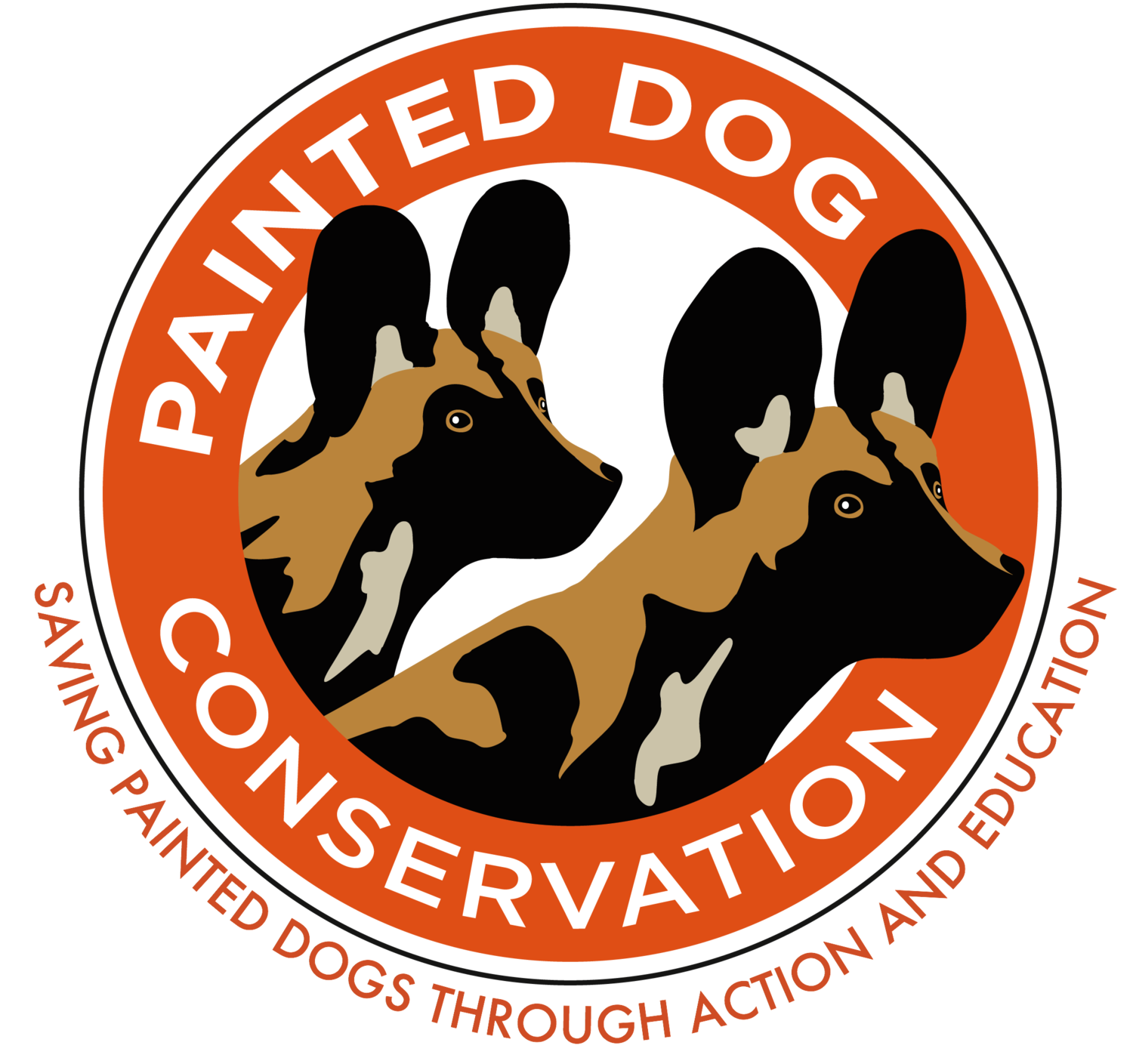
A unique species
You’d be forgiven for confusing these mottled, big-eared animals for hyenas—but they’re distinctly different creatures. While hyenas are more closely related to cats, painted dogs share a distant common ancestor with jackals, wolves, coyotes, and, as their name suggests, domestic dogs.
They have more than looks in common with man’s best friend! They’re intensely social, have strong family bonds, spend most of their time together, and take care of one another’s pups. Their first priority is to protect their pack; pups get first feed after a kill, ‘aunties’ act as pup-sitters for other mothers, and if a painted dog becomes ill or injured, their pack-mates rally round to care for them.
packs
Destiny pack
A single pack can comprise as few as two and more 30 painted dogs, but around six is the minimum for a successful hunting and breeding group. Each is ruled by an ‘alpha’ male and female pair, with the female occupying the top slot. This alpha female chooses where her pack will build their den, and excavates it with help from her pack.
puppies
Adorable and innocent pups
As with the much-loved domestic dog, painted dogs and their pups are gorgeous. Usually only the alpha female carries a litter for 69-72 days gestation, producing 10-11 pups of around 310 grams (11oz) each. The pups are weaned at around five weeks of age, and become fully-fledged pack hunters at around 12 months old, though only reaching adult status at 18 months. Same-sex siblings from one pack will eventually leave to join up with those of the opposite sex from another pack, forming a family of their own.
prey
Impalas, painted dogs favourite food
Painted dogs mainly prey on small to medium-sized antelope such as kudu, impala, and duiker. On occasion they’ve been seen taking on wildebeest, eland, and buffalo, although kills of these large animals are rare!
socialisation
We all need that friendly touch and light moments.
Painted dog packs are very strongly bonded together, and have even been seen mourning lost family members. They have a rich and complex social life.
communication
Pups asking for food from their mother.
The species communicates well, something that’s related to their strong bonds. They have thin bird like calls and a deep haunting hoo call, distinctly different ear positions, and change their body posture to communicate with one another.
hunting methods
Kudu vs painted dog!
An average adult painted dog eats around 4 kg (9 lbs) of carcass per day—the equivalent of around one impala per day for a 15-strong pack. They hunt swiftly and efficiently, and are mostly seen in the morning or during dusk and using the light of the full moon. Their hunting method minimises the suffering of their prey, and spoils are shared with the whole pack.
The painted dogs used to roam across 39 countries, and number in the hundreds of thousands. Now, there are fewer than 7,000 painted dogs left, living across 14 countries. They’re classified as endangered on the IUCN’s Red List, and need our help if they’re to escape extinction.
“Suddenly they were there, lean, ghost-like shapes in the moonlight with Mickey Mouse ears; wearing their dappled coats of black, tan and gold, like ink spots on blotting paper.”








